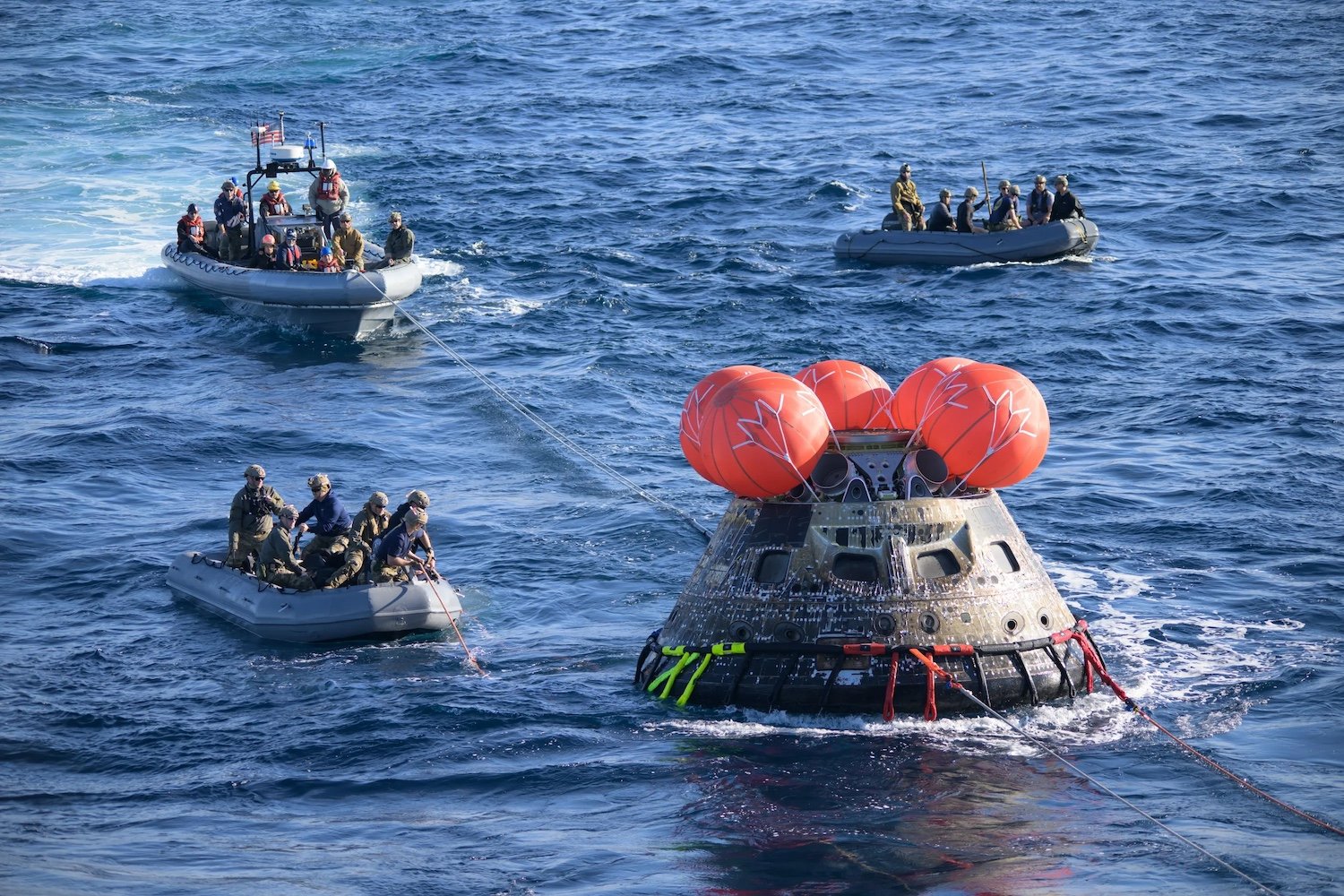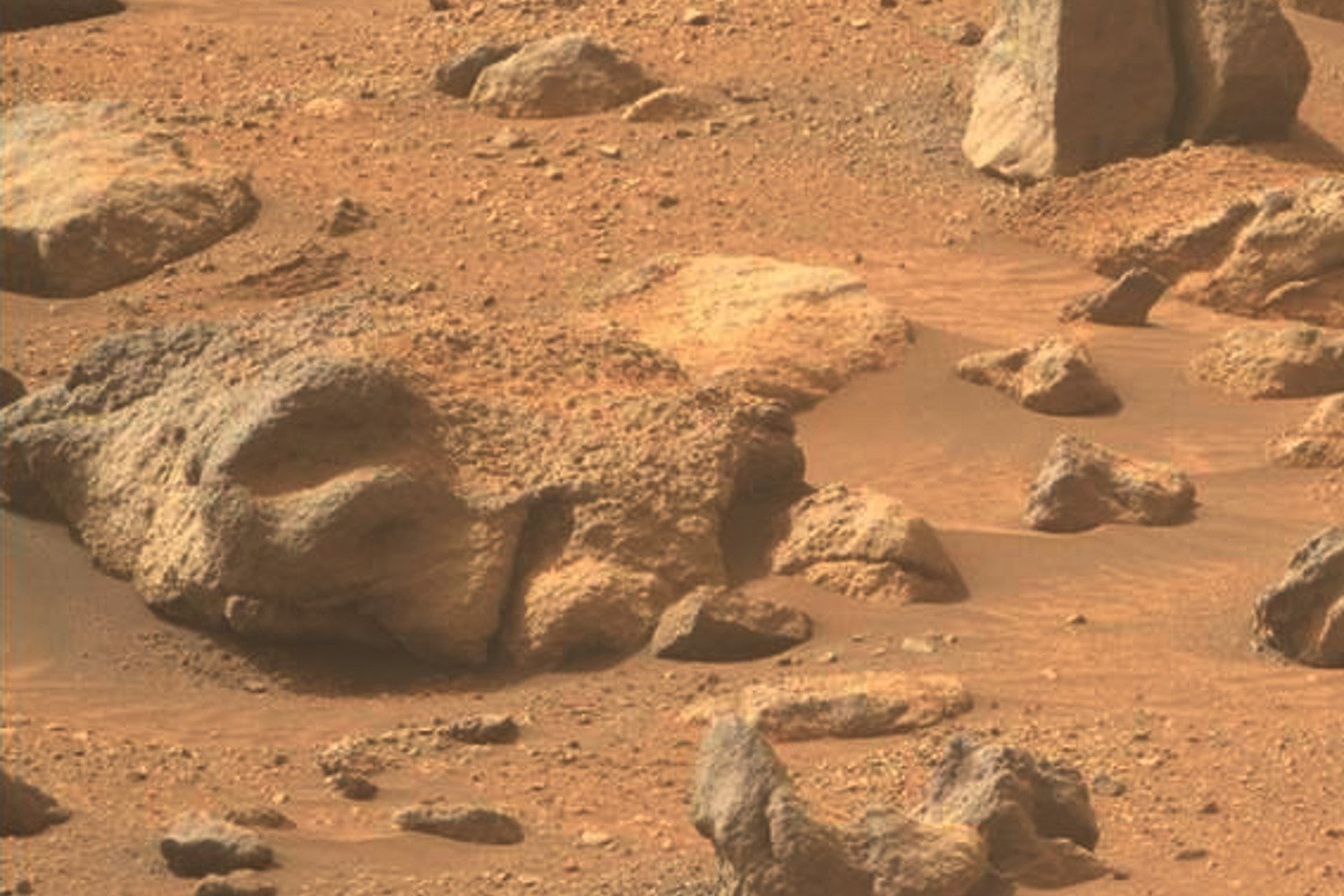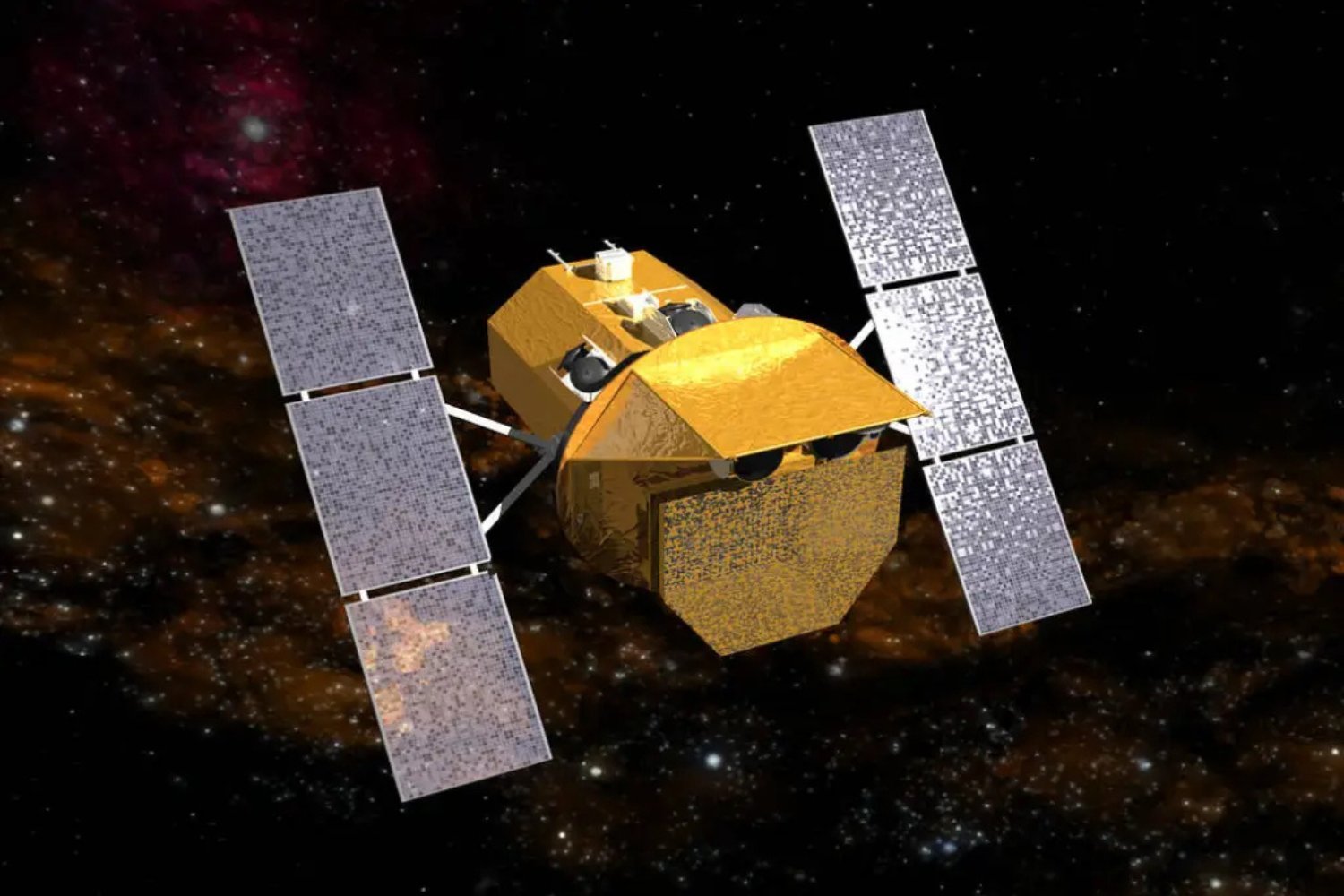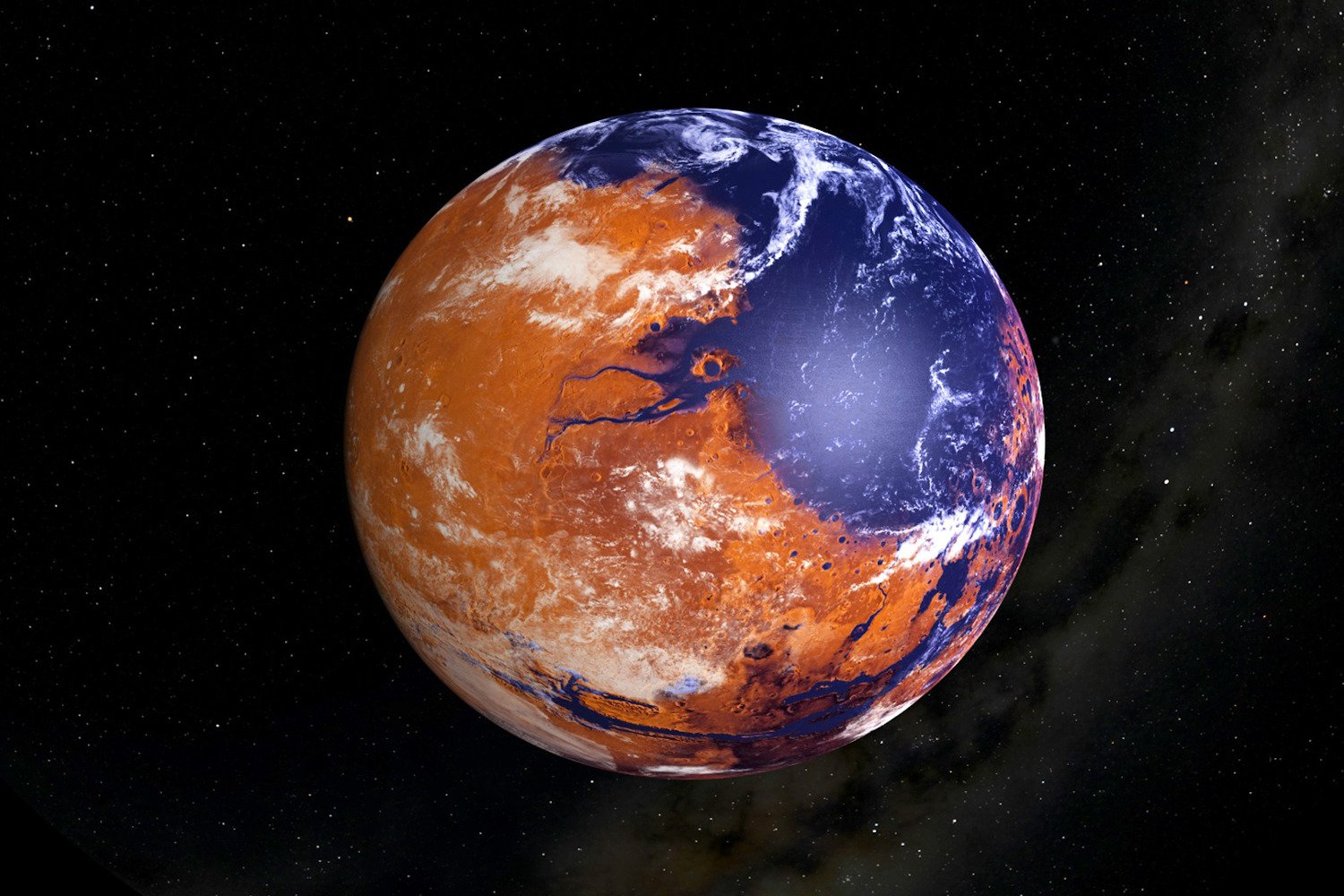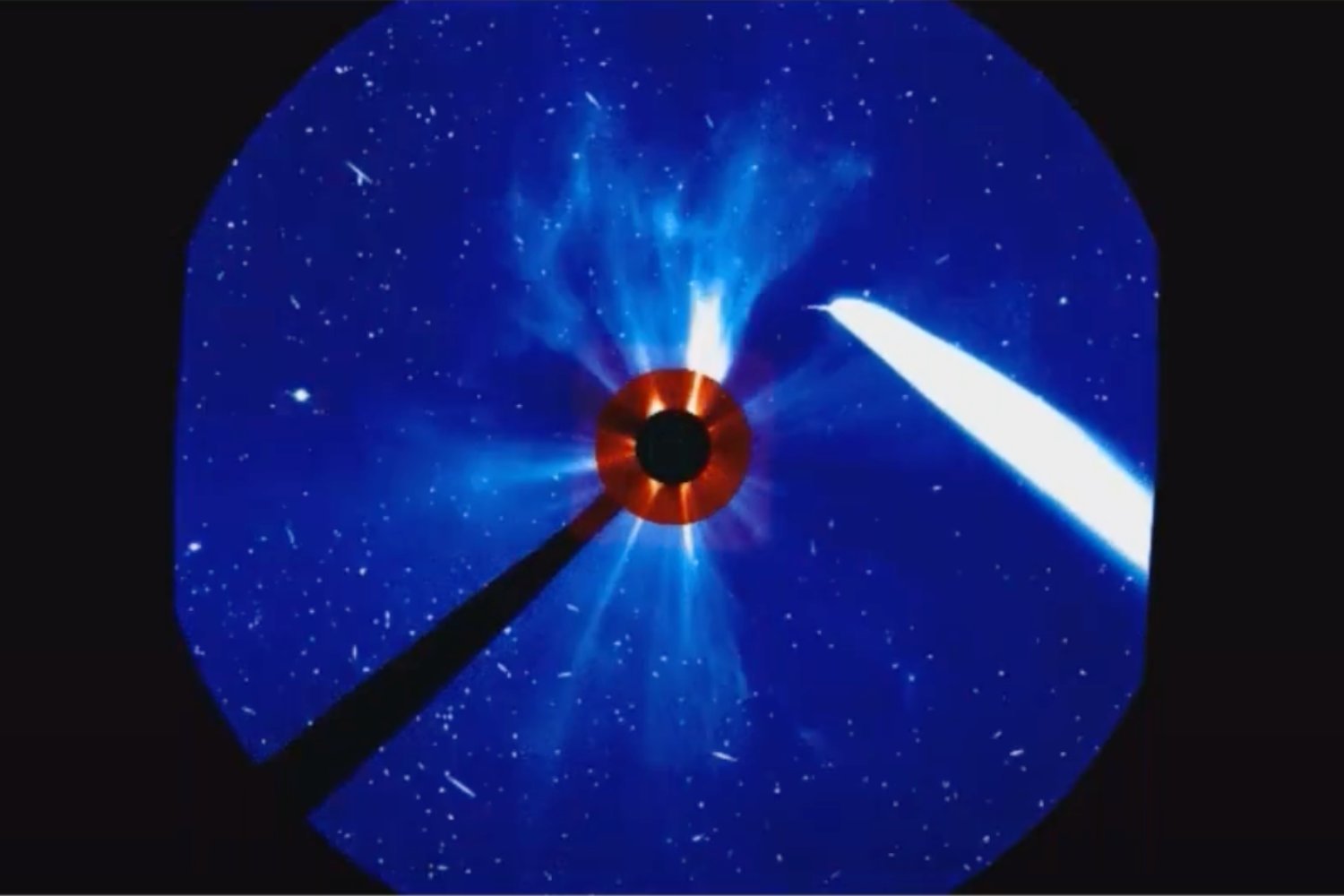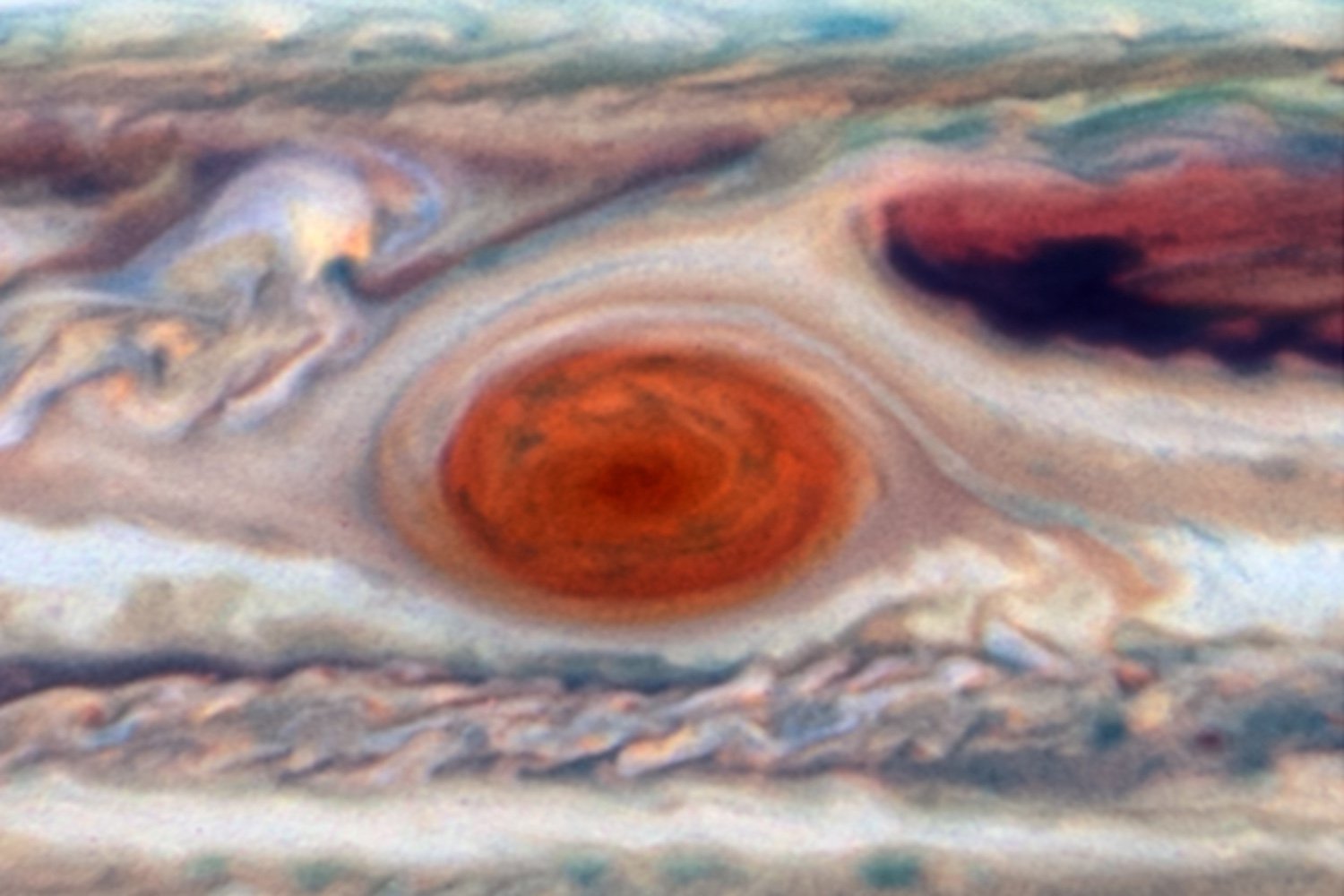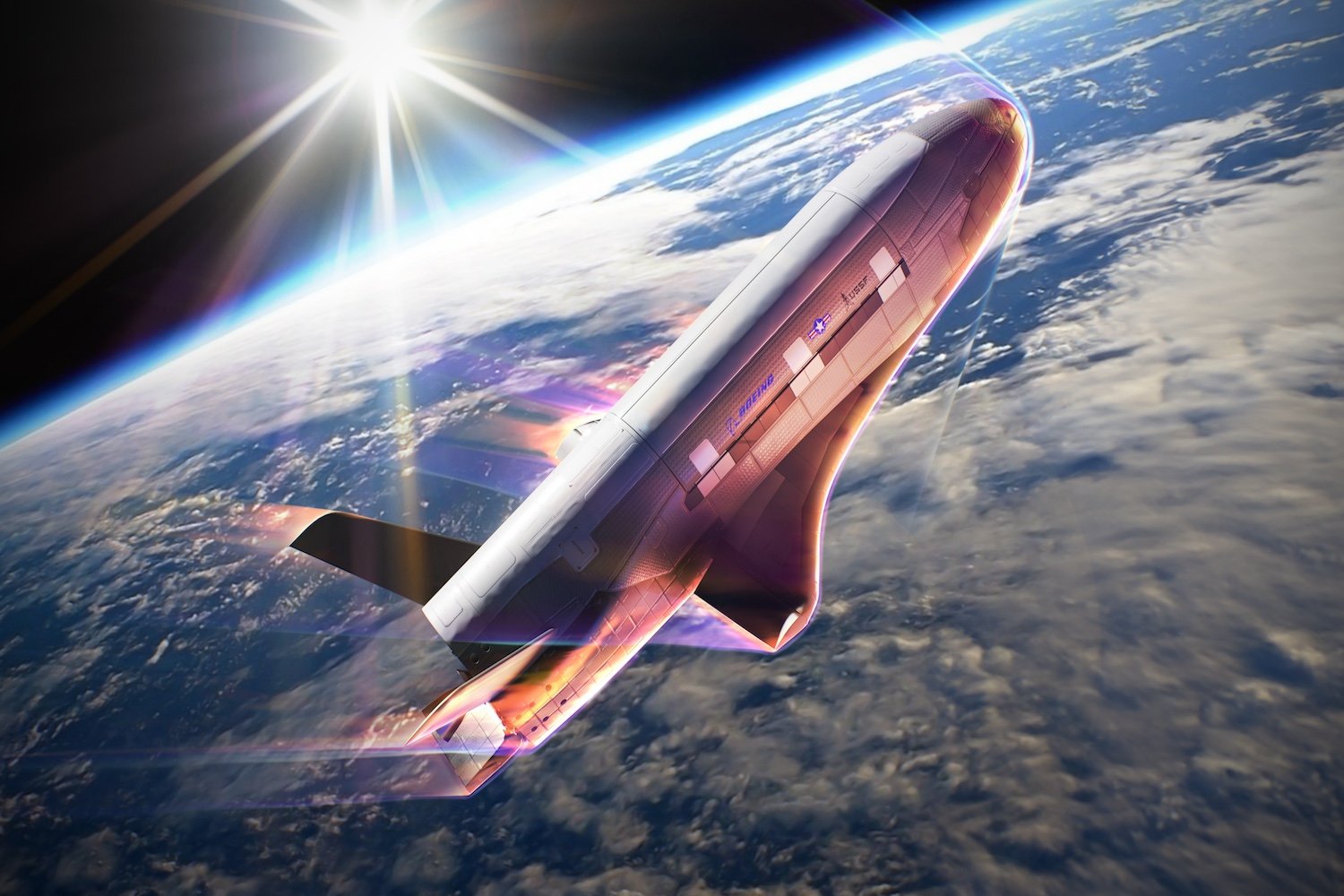NASA has pinpointed the cause of the Orion spacecraft’s heat shield erosion observed during the Artemis 1 mission, a crucial step towards ensuring the safety of future crewed missions. This discovery was announced during a recent Lunar Exploration Analysis Group (LEAG) meeting in Houston. However, the space agency is holding back on publicly disclosing the specific findings.
Lori Glaze, acting deputy associate administrator at NASA’s Exploration Systems Development Mission Directorate, confirmed the identification of the root cause during the LEAG meeting but refrained from elaborating. She indicated that the full details will be released at a later date. This has raised questions and sparked speculation within the space community.
The erosion of Orion’s heat shield was observed following the spacecraft’s splashdown in the Pacific Ocean on December 11, 2022, after its successful 26-day uncrewed journey around the Moon. While some degree of charring was expected during re-entry, the extent of the ablation exceeded NASA’s predictions. Orion experienced extreme conditions, traveling at speeds of up to 24,600 miles per hour (39,590 kilometers per hour) and enduring temperatures exceeding 5,000 degrees Fahrenheit.
The identification of the root cause comes as NASA prepares for the Artemis 2 mission, slated for launch in September 2025. This mission will send a crew of four astronauts around the Moon, making the integrity of the heat shield paramount. NASA is currently conducting additional tests to mitigate the erosion issue and expects to complete these by the end of November.
A May 2023 report by the NASA Office of Inspector General highlighted the heat shield as a critical concern for Artemis 2. The report noted that the char layer eroded differently than predicted, cracking and fragmenting instead of melting away as designed. This raised concerns about the heat shield’s ability to protect the crew during future re-entries. NASA responded by stating they were exploring options to either replace heat shield components or adjust Orion’s reentry trajectory.
However, with the Artemis 2 heat shield already installed on the crew capsule, replacing components would be a complex and time-consuming undertaking. Glaze acknowledged this challenge, posing the question of how to ensure astronaut safety given the existing heat shield. This uncertainty adds to the complexity of the situation. Reid Wiseman, commander of the Artemis 2 mission, affirmed the crew’s commitment to safety, stating that they won’t launch until the vehicle’s readiness is assured.
NASA’s reluctance to disclose the root cause of the erosion fuels speculation about the severity of the issue and its potential impact on the Artemis program timeline, which has already faced delays. The Artemis 2 mission was initially scheduled for November 2024, while Artemis 3, originally planned for late 2025, is now targeted for no earlier than September 2026. The unresolved heat shield issue raises questions about NASA’s readiness to launch a crewed mission to the Moon within the next year.



